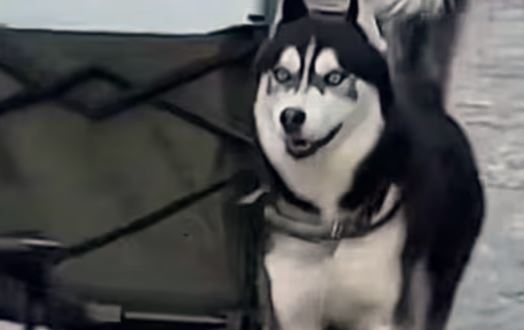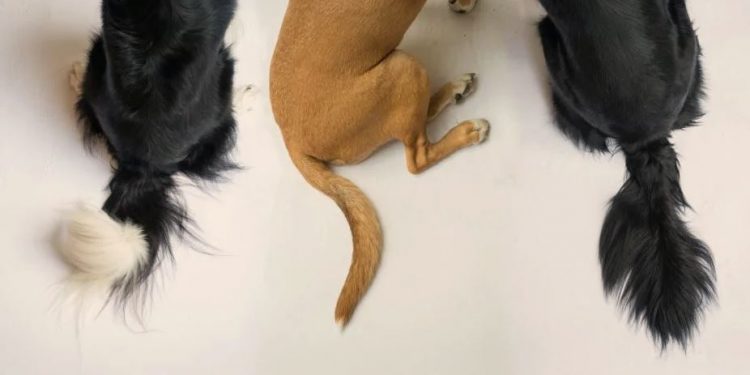You might think your dog’s curly tail is just for show. But what if we told you there’s science, history, and even survival instincts behind it? Yes, that cute little curve has a big story to tell.
-
Anatomy makes it flexible
A dog’s tail is made up of a series of small bones, joints, and powerful muscles. This design allows tails to wag, curl, and move in different directions.

Flexibility enables dogs to express themselves with a wide range of tail postures.
Also Read: Viral video: ‘Corporate mazdoors’ ditch Ola, Uber for mini truck ride amid waterlogging
-
Genetics decides the curl
Some breeds are simply born this way. Huskies, Pugs, Akitas, and other specific breeds carry genes that give them naturally curled or sickle-shaped tails.

The primary reason lies in the structure of their vertebrae. In breeds like Pugs and Bulldogs, wedge-shaped or fused tail bones create a tight curl. In breeds like Akitas and Shibas, genetics and soft tissue structure produce the curl without vertebral deformities.
-
Nature’s winter blanket
Dogs from colder regions use their bushy, curled tails to cover their noses while sleeping in freezing temperatures. This adaptation is especially common in spitz-type breeds.
Though many dogs have somewhat straight tails, they are rarely in a perfectly straight line. So the next time your dog wags that curly tail at you, remember—it’s not just a cute gesture. It’s evolution, science, and love, all rolled into one happy little curve.
PNN






































